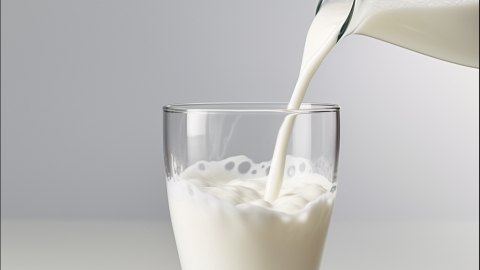Can low-fat milk replace whole milk?
Generally, low-fat milk can be used as a substitute for whole milk when there is a need to control fat intake. However, when comprehensive nutrition intake is required, low-fat milk cannot replace whole milk. If any abnormalities occur, timely medical consultation is recommended. Detailed analysis is as follows:

In situations where fat intake needs to be controlled, low-fat milk can be used as a substitute for whole milk. For example, obese individuals, people with hyperlipidemia, cardiovascular disease patients, and diabetic patients can replace whole milk with low-fat milk. Due to its lower fat content, low-fat milk helps better manage fat intake, thus aiding in controlling medical conditions or maintaining a healthy weight. Choosing low-fat milk allows these individuals to ensure adequate nutrition while reducing unnecessary fat and calorie intake.
In cases where comprehensive nutrition is needed, especially when there is a higher demand for fats and fat-soluble vitamins, low-fat milk is not a suitable substitute for whole milk. Whole milk contains more saturated fat and essential fat-soluble vitamins, such as vitamins A, D, E, and K. These nutrients are beneficial for maintaining bone health, protecting vision, and supporting immune system function.
At the same time, maintaining a balanced diet structure in daily life is also important to ensure sufficient intake of various nutrients.







